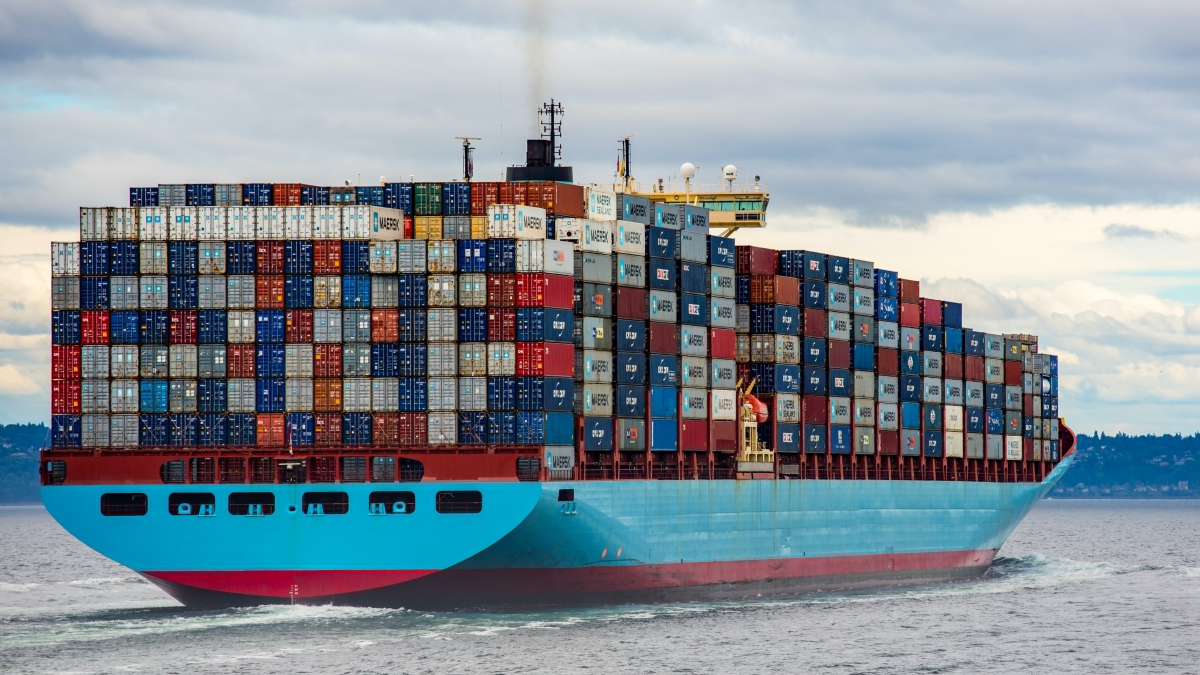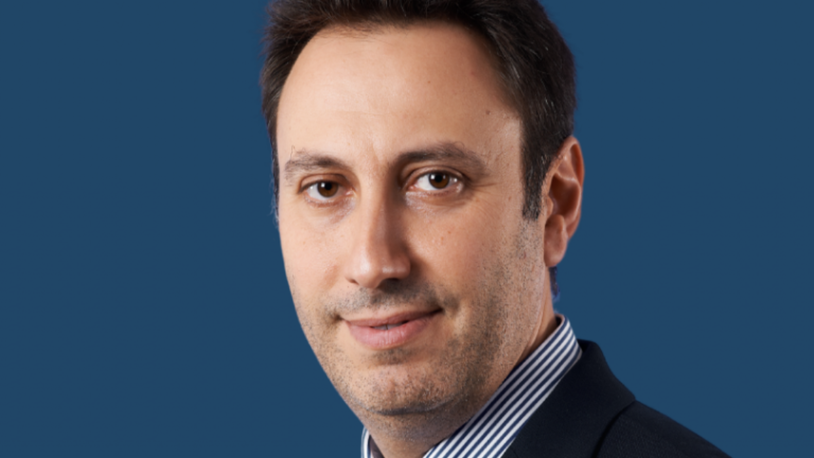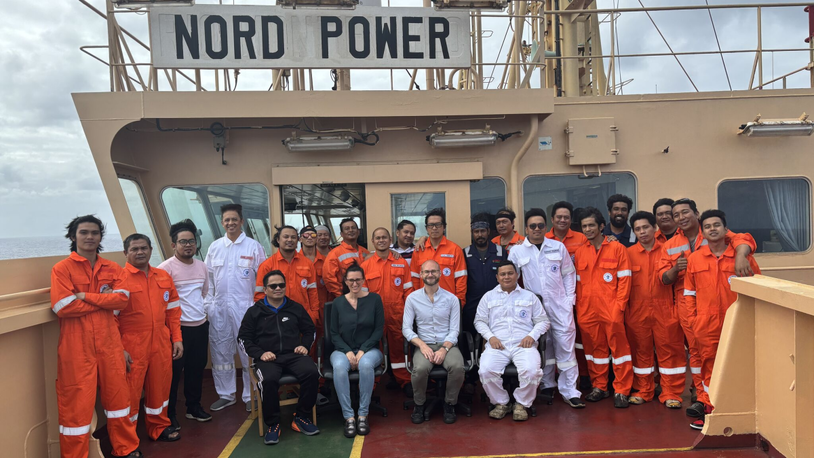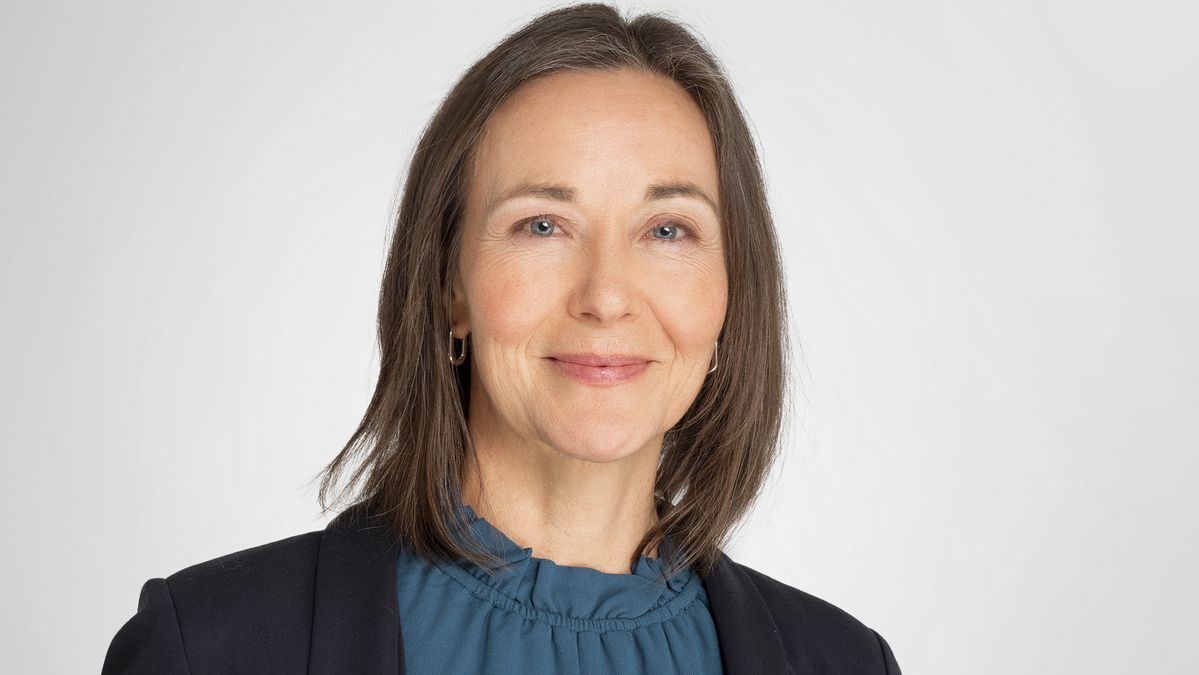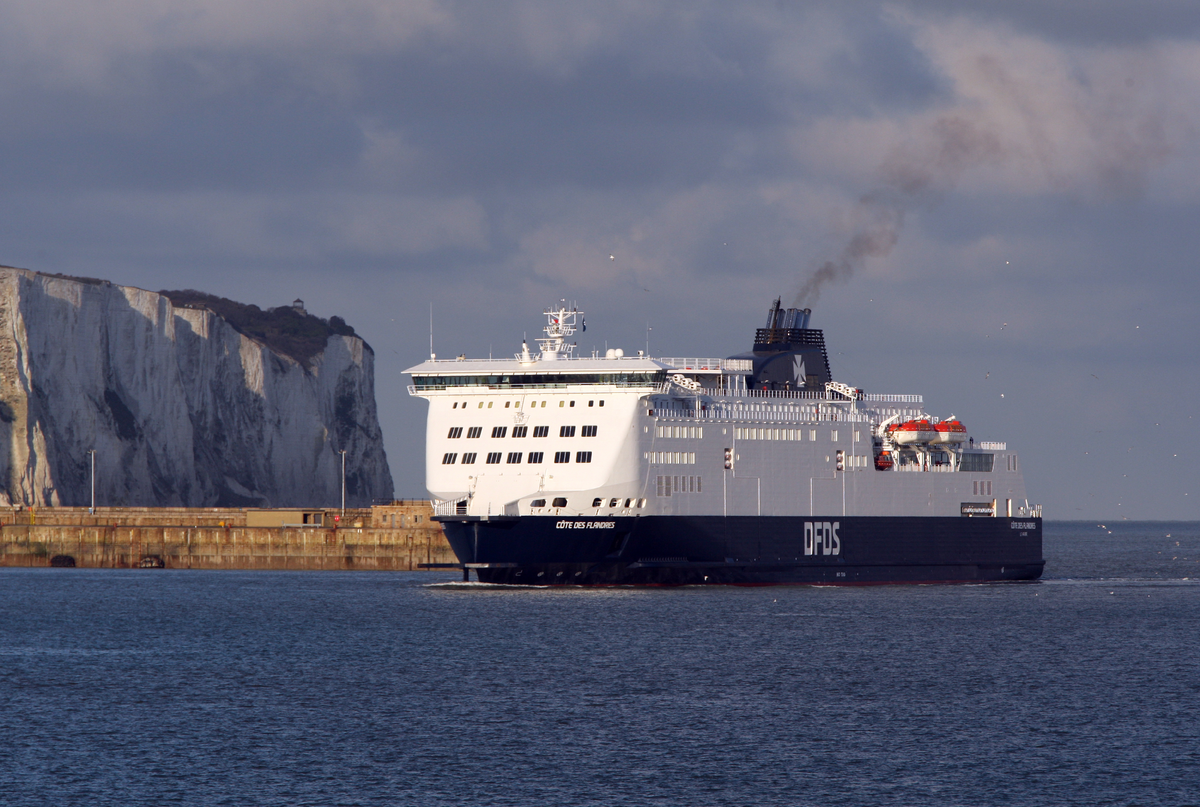Business Sectors
Events
Contents
Register to read more articles.
Scrubber market still robust, despite premium declines
The declining premium between compliant and non-compliant fuels raises questions for the long-term outlook of the scrubber market
In defiance of the declining premium between the price of high- and low-sulphur fuels, the scrubber market remains reasonably robust, with manufacturers reporting buoyant sales for 2023 and beyond.
As the Global Scrubber Spread continues to shrink in the opening months of 2023, Eagle Bulk Shipping, one of world’s largest owner-operators in the midsize dry bulk sector, is one of several companies that continues to favour scrubber-installed vessels over the switch to regulation-compliant very-low sulphur fuel (VLSFO).
Eagle Bulk recently added a high-spec 2015-built ultramax bulk carrier, bought for US$24.3M, to its fleet of 54 ships, 89% of which are fitted with scrubbers. Similarly, New Jersey-based World Direct Shipping is sticking to its preference for scrubbers with its third vessel, Queen B III, due for an open-loop exhaust gas cleaning system from CR Ocean Engineering. And bulk carrier giant Oldendorff’s latest Capesize 182,000-tonne newbuilds, Gina Oldendorff and Alice Oldendorff from Namura Shipbuilding, will be retrofitted with scrubbers from Yara Marine Technologies.
But how long will this last? The medium-term outlook for scrubbers suggests a decline, according to analysis from BIMCO. Just 17% of newbuilds currently on order are likely to be equipped with scrubbers, following a fall through 2022.
“The medium-term outlook for scrubbers suggests a decline”
The Global Scrubber Spread has defied prediction, mainly because of the Russia-Ukraine war. After swinging wildly through most of 2022, although very much in favour of scrubber-equipped vessels, the differential was falling at the close of the year and has not stopped so far in 2023. In the final week of March it had slipped to US$158, according to figures from Marine Bunker Exchange. “We expect the spread to continue a downward trend,” predicted a spokesperson.
The latest statistics compare with the opening days of IMO’s emissions regulations, when the premium in six of the world’s largest bunkering ports averaged US$347 per tonne, rising to a high of US$400 per tonne in mid-2022, according to BIMCO. For more than two years, scrubbers paid-off handsomely.
“The higher the VLSFO premium, the more attractive the investment in a scrubber is because the payback period is shorter,” explains BIMCO. “However, the [current] lower-than-expected VLSFO premium has likely discouraged owners from installing scrubbers, particularly on smaller ships with lower bunker consumption and lower savings as a result,” it notes.
Meantime, the crude tanker fleet continues to lead all vessel segments in terms of scrubber installations by numbers and volume, with nearly a third deploying them. Looking forward, container ships may present a new market, at least until owners are comfortable with the price and availability of low-emission fuels. According to BIMCO, over 70% of box-ship newbuilds could be delivered with scrubbers in the future.
“The higher the VLSFO premium, the more attractive the scrubber”
Yet for owners such as World Direct Shipping, the choice is less about the Global Scrubber Spread and more about the fuel. “Although the present differential favours using scrubbers, the primary reason for selecting them is the comfort in using HFO as a known and reliable fuel,” the group explained late last year as the needle was moving down. “This move [to convert Queen B III] allows World Direct Shipping to continue using HFO, while meeting the strict IMO/Marpol regulations and safeguarding the environment.”
Advancing technology
Meantime, the technology of scrubbers continues to advance. According to CR Ocean Engineering, its multi-stream scrubber removes about five tonnes per day of sulphur dioxide from the combined exhaust of the main engine and three auxiliary engines. And soon the group expects to unveil a more advanced solution, in the form of a module that reduces fine particles, black carbon and carbon dioxide and which can be bolted onto new or existing scrubber systems.
And Alfa Laval has added a data-driven tool to its tried and tested PureSOx Connect scrubber, first sold in 2009. The cloud-based system is designed to make compliance reporting easier while monitoring the functioning of the scrubber.
In a breakthrough for TECO’s Future Funnel, an undisclosed European shipowner has signed a Nrk5.5M [US$526,000] contract with the Norwegian manufacturer, its first, that will see the technology in place in Q2 2023. The funnel is designed for current and future regulations in terms of particulate matter, nitrogen oxides and black carbon.
In another promising development, Value Maritime’s Filtree scrubber and carbon capture system will be installed on Nordic’s newbuild container vessels, operated by BG Freight Line. Already running on over 20 vessels, according to Filtree, the system captures up to 40% of CO2 emissions, with the potential of hitting 90% or more. The carbon is captured in a special chemical, stored in a battery onboard, pumped out ashore and sold to end users, such as the agricultural industry and producers of synthetic fuel. Currently, more than 200 tonnes of CO2 can be stored in a single voyage.
In March, class society ABS approved the Filtree system in principle and sees it as a technology of the future.
Although the extraction and storage of carbon onboard uses a significant amount of extra fuel, proponents of the concept say the sale of the carbon offsets the higher cost. Eastern Pacific Shipping is another line that has taken the plunge. With 200 vessels across containers, dry bulker and tankers, Singapore’s Eastern Pacific installed a Filtree system onboard Pacific Cobalt, a 49,700-dwt tanker. The job was done in Rotterdam in mid-February in a 17-day operation.
This is a project that will be closely watched as the industry weighs up the relative merits of scrubbers and compliant fuels, particularly as rules continue to tighten. For Eastern Pacific chief executive Cyril Ducau, the attraction is instant compliance. “The result is an immediate carbon emission reduction, while removing the need to wait for the development and rationalisation of alternative green fuel infrastructure,” he said in a statement.
Related to this Story
Women in Maritime Today: Elin Saltkjel says no day working in maritime is dull
Events
Maritime Environmental Protection Webinar Week
Cyber & Vessel Security Webinar Week
The illusion of safety: what we're getting wrong about crews, tech, and fatigue
Responsible Ship Recycling Forum 2025
© 2024 Riviera Maritime Media Ltd.



